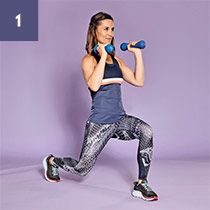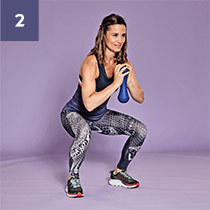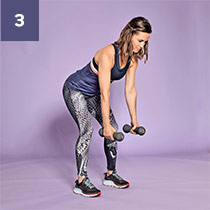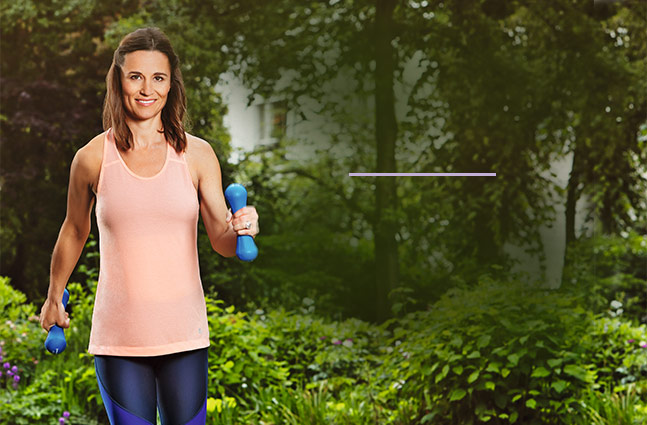Sport and exercise has always formed part of my daily life, from gym sessions to weekend runs, ambles or training for an event. Fitness gives me energy and helps clear my mind. I love the endorphins and the buzz factor that exercise gives. When I learned the happy news that I was pregnant I realised I needed to adjust my normal 4 to 5-day-a-week routine and find a way of continuing my exercise safely throughout the three trimesters. So, the journey of pregnancy fitness began. Where to start?
I have looked at loads of books and websites on exercise during pregnancy but have been disappointed by the limited technical information on what you can and can’t do. I found that particularly so during the riskier first trimester. And this being my first pregnancy, I had so many questions I felt were still unanswered. I wanted to know things like, are all strokes of swimming safe; can I still do a normal yoga class if I avoided certain positions; could I still work my abs?
I worked out for 45 minutes, 3-4 times a week, depending on my energy levels but ensured that the routines I did were lighter than usual. The days I wasn’t going to the gym to do a class (Barrecore, strength and conditioning, Pilates or yoga) I’d try to cycle or walk with weights to work the arms and make it more challenging. I found the fresh air better than ever for clearing the head and keeping the body active, so too with swimming and tennis – I’ve never enjoyed these more. I stopped running, not because I read it was unsafe, just because I rather liked the idea of giving my body (and growing baby) a rest from pavement pounding.
I was lucky to pass the 12-week scan without suffering from morning sickness. That meant I was able to carry on as normal and continue most of my sports with better knowledge. So far, I’ve focused on glutes, back and pelvic floor plus inner thighs and avoided any strenuous ab pull-ups – instead being conscious of holding my tummy in to support my back.
Who knows what the next few weeks have in store, but I look forward to sharing my pregnancy workout experiences with you every month.

Lunge
(legs, glutes, core)
1. Stand with your feet hip-width apart, holding a dumbbell in each hand at the shoulders.
2. Step forward with your left foot, bending your left knee as you lower to the ground without your knee going over your toes.
3. Also bend your back knee as you lower to the ground, then pause before pushing yourself back to your starting point.
Do 12–15 reps.

Squat with light weights
(legs, glutes, core)
1. Stand with your feet hip-width apart holding a dumbbell in both hands in front of your chest.
2. Keeping your weight in your heels, sit down as if sitting in a chair, keeping your back as upright as possible.
3. Pause, then return to standing by pushing through your heels. Do 12–15 reps.

Reverse flyes
(back)
1. Hold a pair of dumbbells and stand with your feet hip-width apart, knees slightly bent.
2. Bend forward at the hips and let your arms hang straight down.
3. Raise both arms out to the sides as you squeeze your shoulder blades together.
Return to start and do 12-15 reps.

During this time,
aim for maintenance
of fitness rather than improvement.

Reduce the intensity of exercise – walking / running pace, amount
of weight lifted – to a moderate level.

Don't take on any new sports or exercises during pregnancy.

Include pelvic floor exercises in your routine – a strong pelvic floor can help with the delivery.







